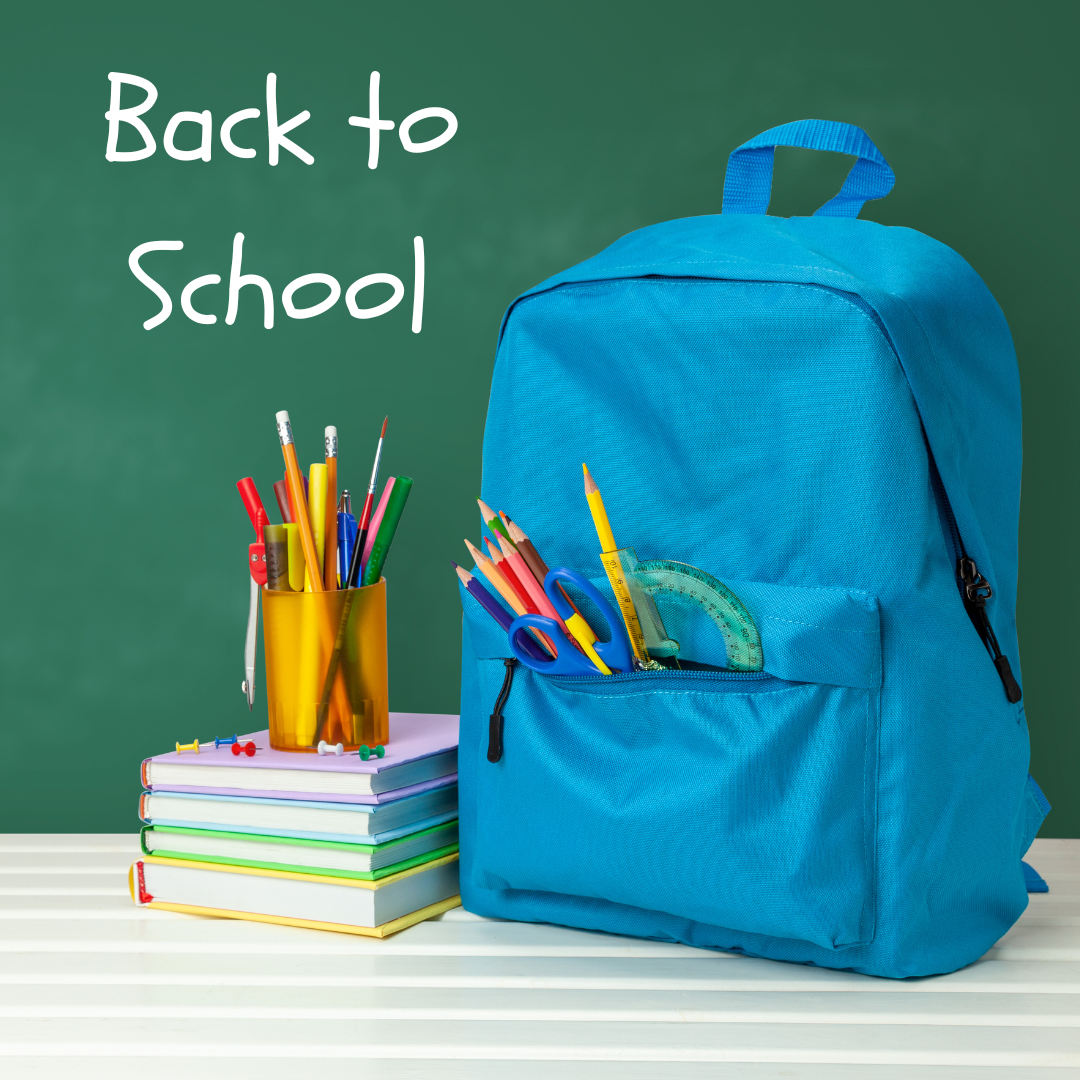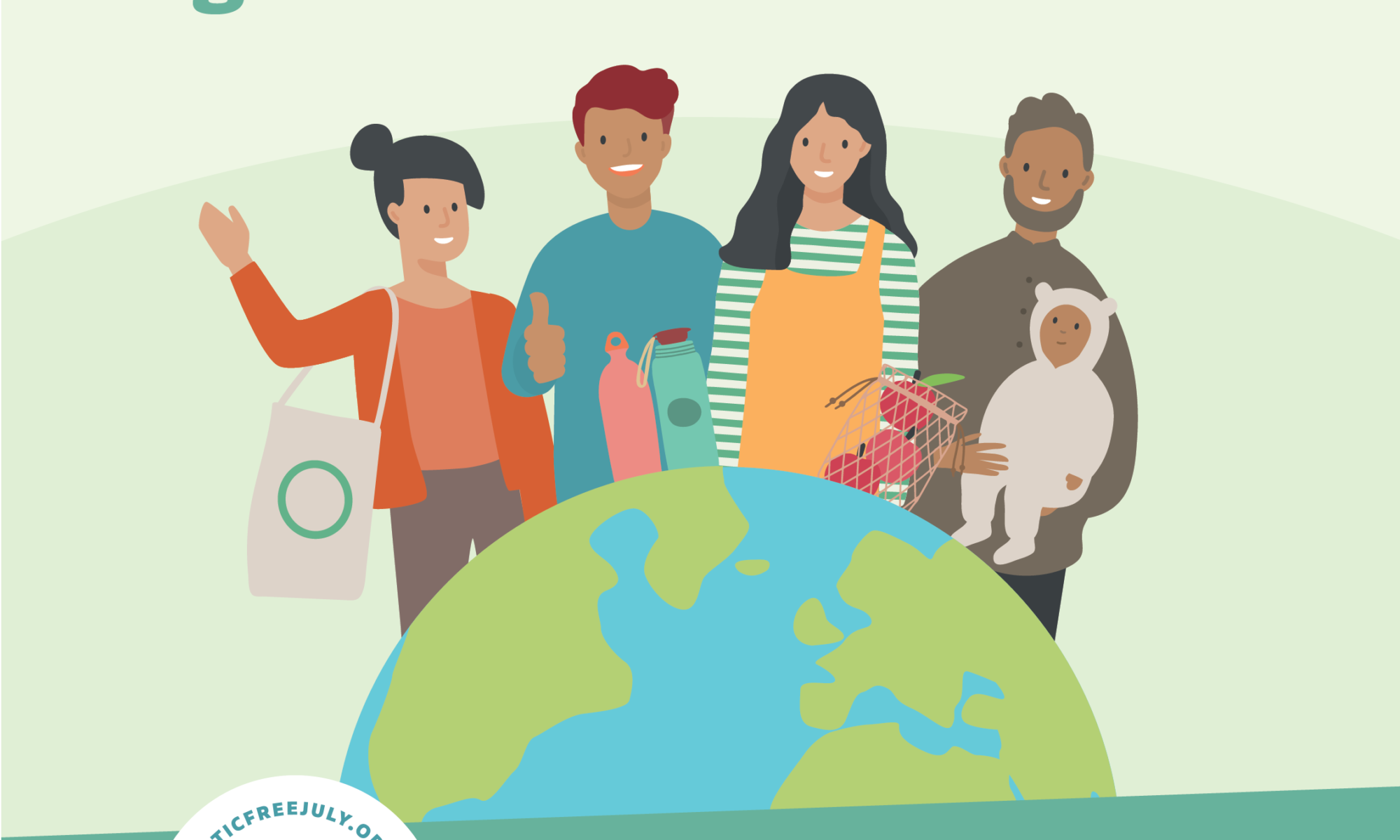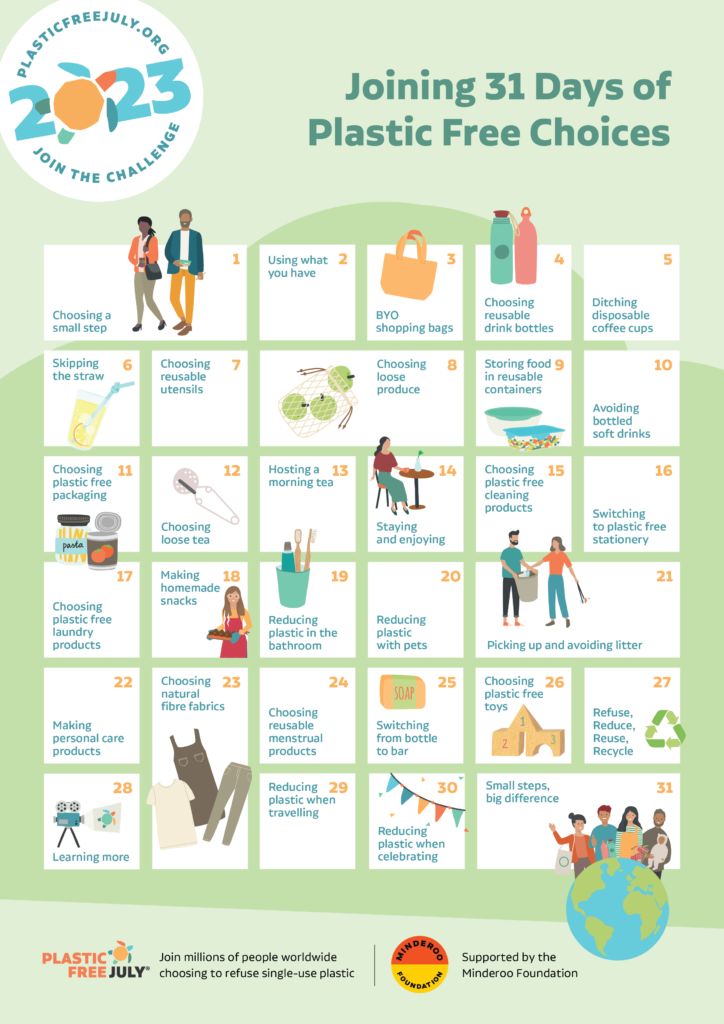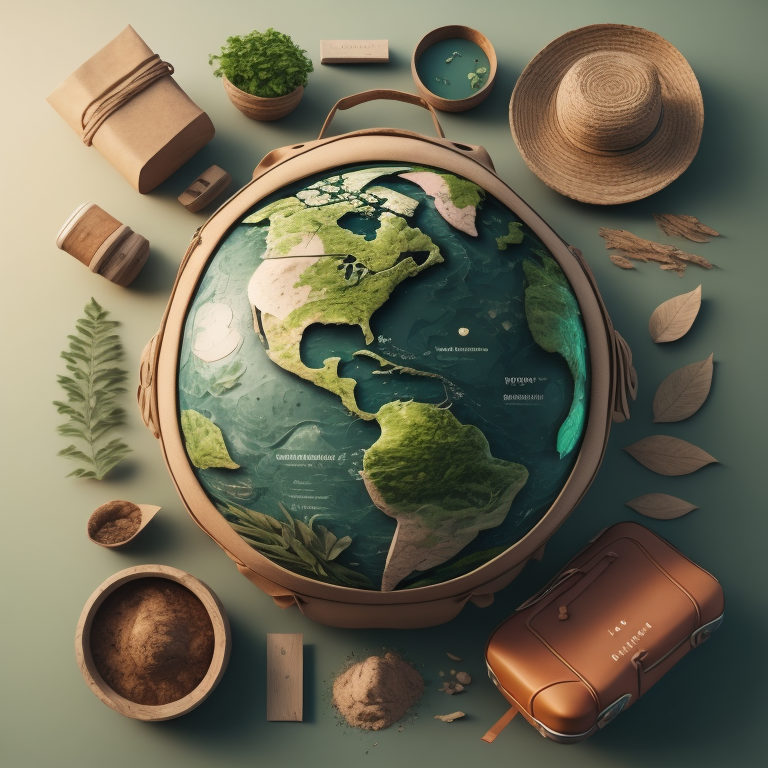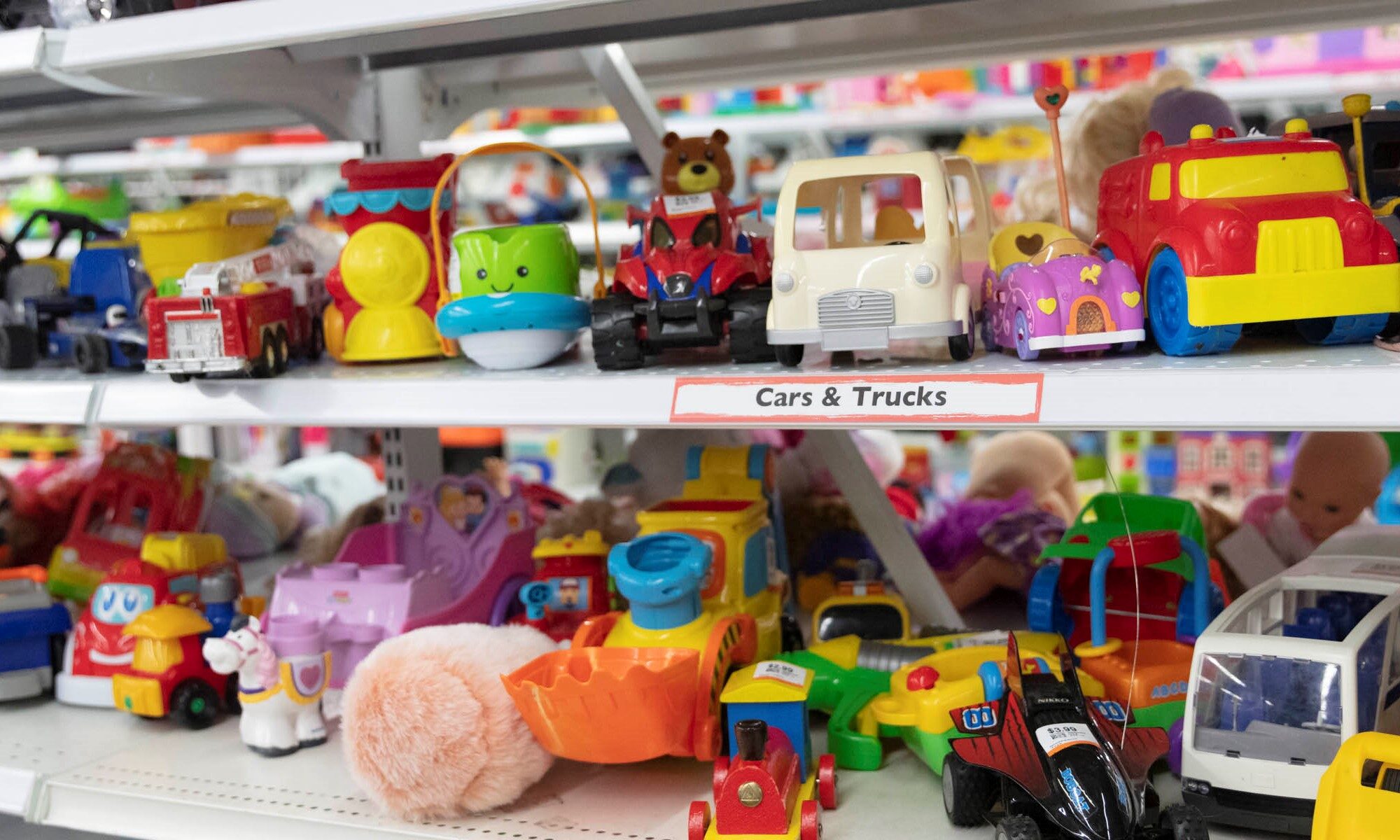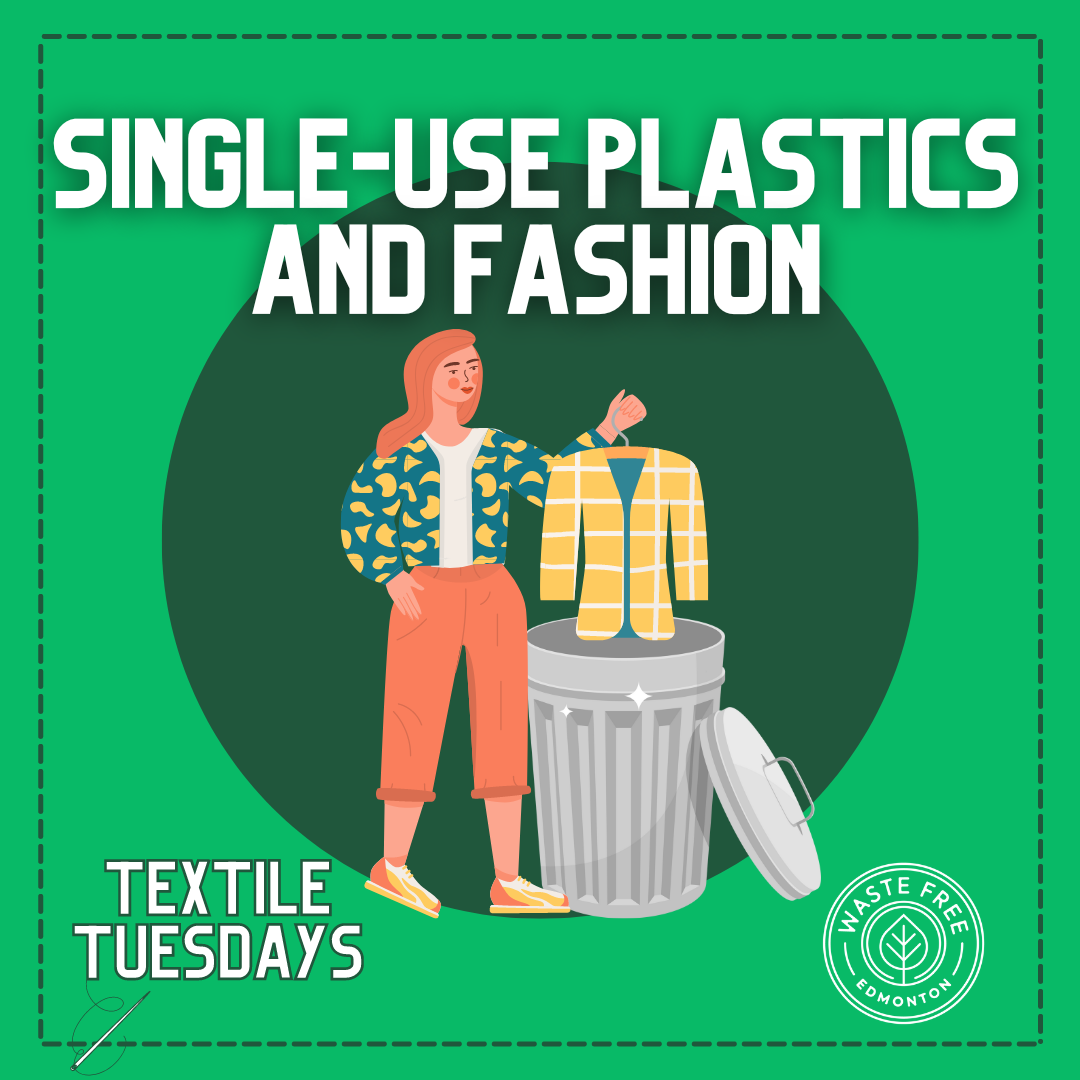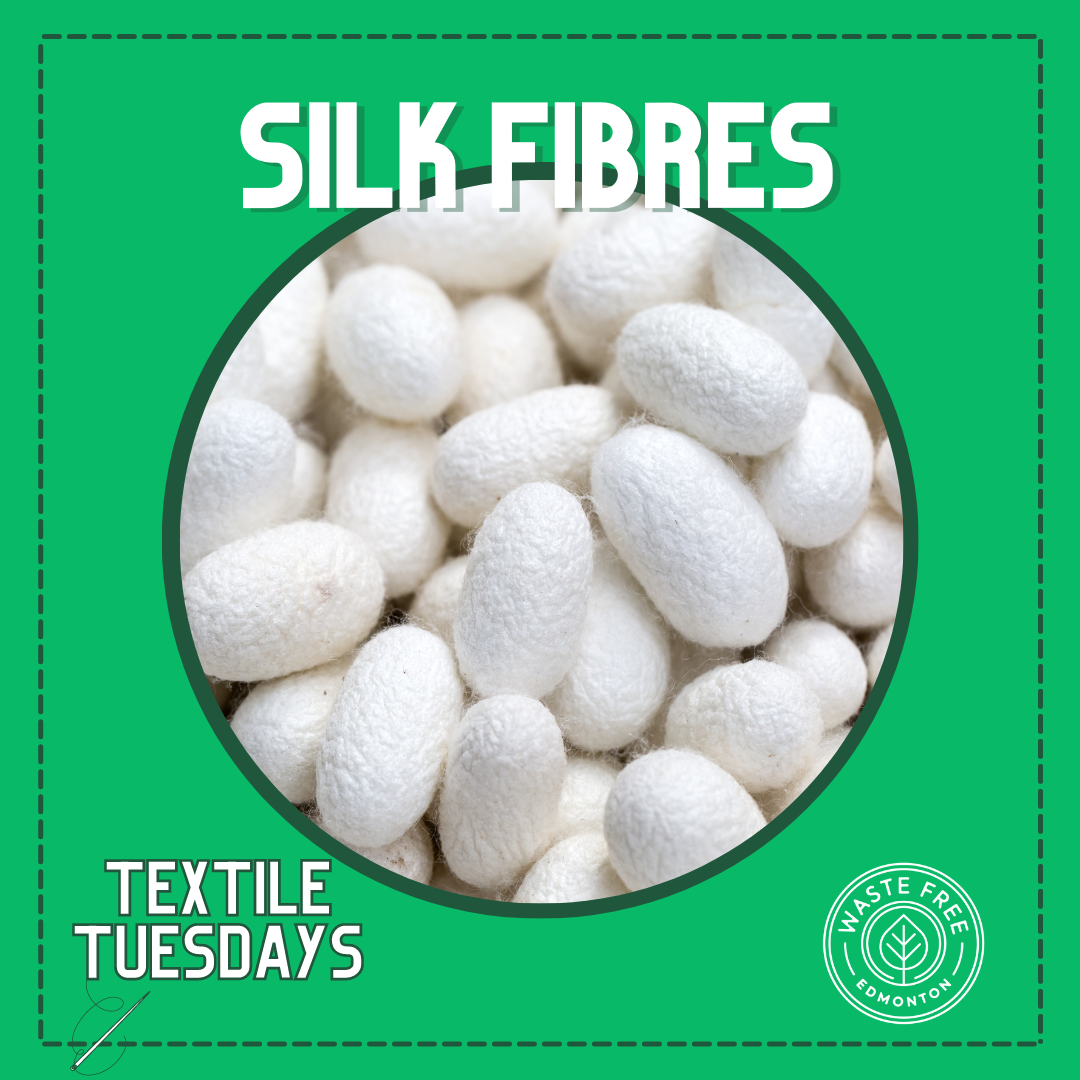Have you started your back-to-school planning and shopping yet? It can be difficult to get ready for school while honoring your values around waste reduction or climate justice, but it’s not impossible! In fact, it might even save you some time and money. We put together six ways to make back-to-school less wasteful for families, educators, and students. Leave a comment with your favourite tip!
EVERYDAY ACTIONS
The “everyday stuff” is what we have most control over as families, educators, students, and broader community members. This includes what we buy, where we shop, and even how we get to school! Some of us have a greater ability – and more responsibility – to address our individual actions and behaviours.
1. REDUCE & REUSE (clothing, supplies)
The first years of school have a few things in common: nervous butterflies on the first day, learning a new teacher’s name, and crayons on the school supply list. You can save yourself the headache of back-to-school shopping, and some money, by keeping all of your supplies from the previous year in a safe space you will easily remember to check in August. Start your back-to-school shopping there, and reuse the items that are in good condition. This also helps once you have the supply list from the teacher or school. If you keep an inventory of your items, you won’t purchase duplicates. Finally, make use of places in your community where you can access used supplies, such as thrift stores, Edmonton’s Reuse Centre and Strathcona County’s Hodge Podge Lodge. They have a lot of options, which includes pens and pencils, as well as clothing and backpacks.
2. SHARE THE WEALTH
Sometimes we have to buy the new backpack or pencil crayons because last year’s is falling apart or never made it home! If you can afford to, consider buying extra supplies and donating them to your child’s school or classroom. A great way to ensure your gift won’t go to waste is by chatting with educators in your community school to see which supplies are in greatest demand in their classroom. Teachers often purchase extra supplies with their own money to ensure that their students are on equitable footing. All it takes is a quick email or phone call to help them out, and they already do so much for our kids and communities.
3. ELIMINATE PLASTIC BAGS (or other single-use items)
The volunteers within Waste Free Edmonton have hosted many litter cleanups in their lives, and one of the most common items we find in school yards are little plastic bags. Consider ways you can eliminate the use of these bags when packing snacks, sandwiches, muffins, and more, by replacing them with reusable alternatives. For example, a quick search through the blue bag turns up plenty of containers that can easily be repurposed. Remind your kids to bring those home in their lunch bag, and you have reusable containers for every season.
SYSTEMIC ACTIONS
The biggest impact we can make is by addressing the underlying system of how our society operates. This is the hard part! Individuals can often feel hopeless or confused when they take waste free actions within a system that has not changed. Thankfully, when individuals come together and form a community, we can change the system for the better and increase the impact of our narrow choices.
CONSIDER ACTIVE TRANSPORT
Take a moment to think about where you live in relation to your child’s school. Do you drive them back and forth? Do they take the school bus or public transit or carpool with a friend? Can they walk or ride their bike? Consider how you can improve access to school within your means. Some families may choose to move closer to their children’s school. Many families don’t have that option, but can look out for school bus service or public transit to minimize their impact. Community solutions can involve carpool – or bike pool – groups, for families who live in and travel to the same neighbourhoods.
With the expansion of our cities into more suburbs, and the fact that new school construction will probably never keep pace, active transportation might be difficult to achieve depending on where you live and where your children attend school. Addressing this system involves advocacy for more public transportation options, bike lanes, and increased density. Options to address this include writing to your city councilor or county representative, outlining your requests for bus rapid transit and bike lanes. If you organize your neighbours and other families in your community, this can have an even larger impact.
JOIN YOUR SCHOOL COUNCIL
School councils are mandated by the Alberta Government, so if there is a public school in your community, there is a school council that could use your help. There are a lot of everyday tasks required of a school council, but the major responsibility they have is fundraising for school amenities that are not otherwise covered in the provincial budget. Parents, educators, and community members are welcome members, and serve an important role to advocate for shared values within the school. This includes making suggestions about how the limited budget is spent, school lunch programs, and limiting waste in other areas of the school. An exciting example of a small group within a school advocating for change comes from an Edmonton highschool. Recently, the students of J Percy Page in Mill Woods advocated with their school and cafeteria to offer halal options as there is a large Muslim population who attends. They were successful, and the changes have been well received.
You can also use this role as a larger community to further advocate for increased budgets to our public school system so there is less burden on educators and families to equip the schools with much needed supplies.
HAVE DIFFICULT CONVERSATIONS
One of the most important tools we have as families and community members is sharing our stories. Chatting with our neighbours, other families in the pick up line, educators and school volunteers about our values and why we have chosen to reduce our personal waste or take climate action can have a huge impact. We might not agree on 100% of our ideas, but we can at least start with the knowledge that we all care about our kids and want them to live fulfilling and safe lives.
And remember that our kids are watching us. The more we model climate-respectful behaviours, and talk about why these are in line with our values, the more equipped they will be to have these hard conversations with friends and educators as they move through their school life.
We hope you have a wonderful school year!
Your Partners in Waste Reduction,
Waste Free Edmonton
FURTHER READING AND RESOURCES:
Back to School with Zero Waste: Simple Tips for an Eco-Friendly Year (Recycle Coach)
Waste-Free Tips for Back to School | Circular Economy Month (Waste Reduction Week Canada)
Zero Waste Lunch: A Back-to-School Guide (The RE Place)
Make back-to-school eco-friendly (Strathcona County)
Go Back to School Plastic Free (Plastic Pollution Coalition)
Waste Free Lunch Challenge – Teacher Planning Guide by Recycling Council of Alberta
Cafeteria Culture. Working creatively with youth to achieve zero waste, climate smart communities, and a plastic free biosphere.
“The world’s top 1% of emitters produce over 1000 times more CO2 than the bottom 1%” (International Energy Agency)
City of Edmonton’s Reuse Centre
Hodge Podge Lodge in Strathcona County

